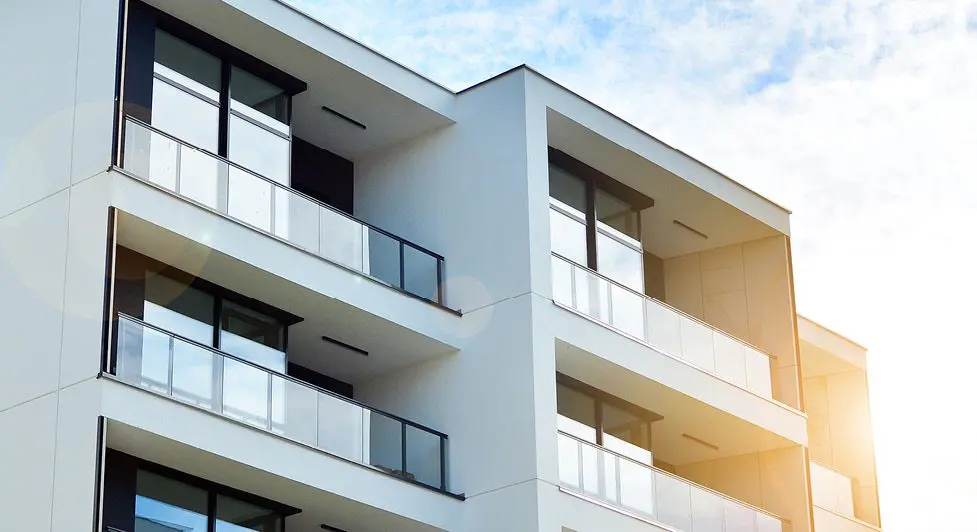Key Takeaways
- Commercial real estate price appreciation decelerated for a third consecutive quarter, reduced by rising interest rates, slowing transaction velocity, and recession fears.
- The multifamily sector was not immune to these factors but continued to outperform office and retail investments with respect to sequential price appreciation.
- Investors favored Southwest assets, which appreciated 3.4 percent in 3Q22, nearly three times faster than the U.S. average (1.2 percent).
- The Midwest region recorded the second largest average advance, boosted by the strength of its low-volatility secondary and tertiary markets.
- Price weakness in the New York metro area and the Carolinas dragged returns in the Northeast (-2.22 percent) and Southeast (0.96 percent) lower.
- In the West, buyers targeted investments in Los Angeles and Orange Counties at the expense of the Bay Area and San Diego – where prices fell more than 2 percent – as employment diversification trumped tech and biotech growth stories.
Property price growth in core commercial real estate sectors, including the apartment sector, eased in the third quarter. Commercial Property Price Indices (CPPI) published by Real Capital Analytics indicate that average price appreciation in the United States slipped below 2 percent in the office, industrial, retail, and apartment sectors for the first quarter since 2Q20, hindered by rising interest rates, lower transaction volume, and investor recession concerns.
Apartment properties posted a 1.20 percent value increase during the third quarter, down from 3.15 percent in the prior period and the 6.33 percent cycle peak recorded in the fourth quarter 2021. The asset class continued to outpace appreciation in the office and retail sectors, however, while trailing industrial investments, which recorded a 1.87 percent third quarter advance.
Multifamily investors maintained their preference for assets located in the Southwest where properties appreciated by 3.39 percent, nearly three times faster than the national average. Much of the impetus was provided by Denver and Texas secondary markets, whereas Houston and Phoenix prices declined, and Dallas registered below average growth.
Elsewhere, the Midwest appeared to gain favor among buyers as prices increased 1.95 percent sequentially, second only to the Southwest, boosted apparently by gains in tertiary markets. Conversely, values in the region’s two largest investment markets – Chicago and Minneapolis – suffered material value losses.
Prices declined (-2.22 percent) in the Northeast region, the only area to lose ground, largely due to weak trends in the New York metro area (-3.17 percent). Investors also exhibited a greater degree of caution regarding the previously hot Southeast region, which had posted the fastest appreciation among six U.S. regions as recently as 1Q22 but slipped to fifth in the third quarter on 0.96 percent. Soft gains in the Southeast were primarily attributable to abrupt downturns in Charlotte (-7.30 percent) and Fort Lauderdale (-3.18 percent) from respective 5 percent and 8 percent gains as recently as 1Q22.
West Coast investors strongly favored metro Los Angeles – Orange County (3.48 percent) in particular – where property values surged nearly 2 percent. By contrast, values in the Bay Area and San Diego slid more than 2 percent as interest shifted from technology and biotech hubs toward economies with more diversified employment bases. Finally, money appeared to remain on a path from the city toward the suburbs. Garden apartments (1.84 percent) and car dependent suburbs (1.27 percent) maintained their appreciation advantages over mid- and high-rise properties (-0.91 percent) and Central Business District neighborhoods (0.13 percent), a consistent pattern observed since 2019.
